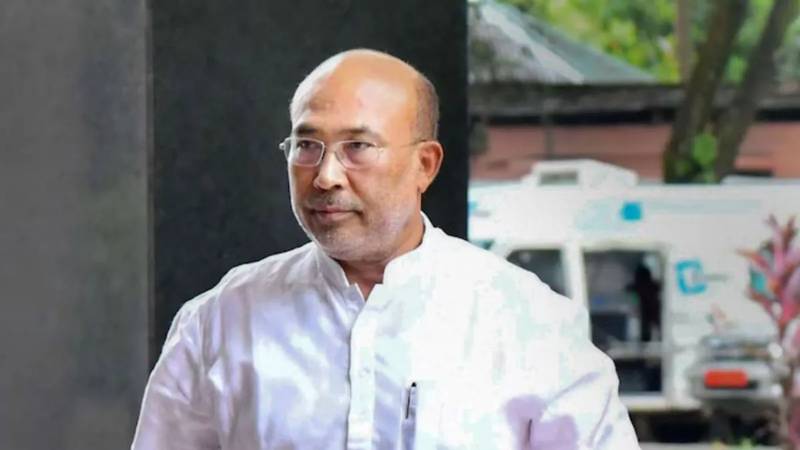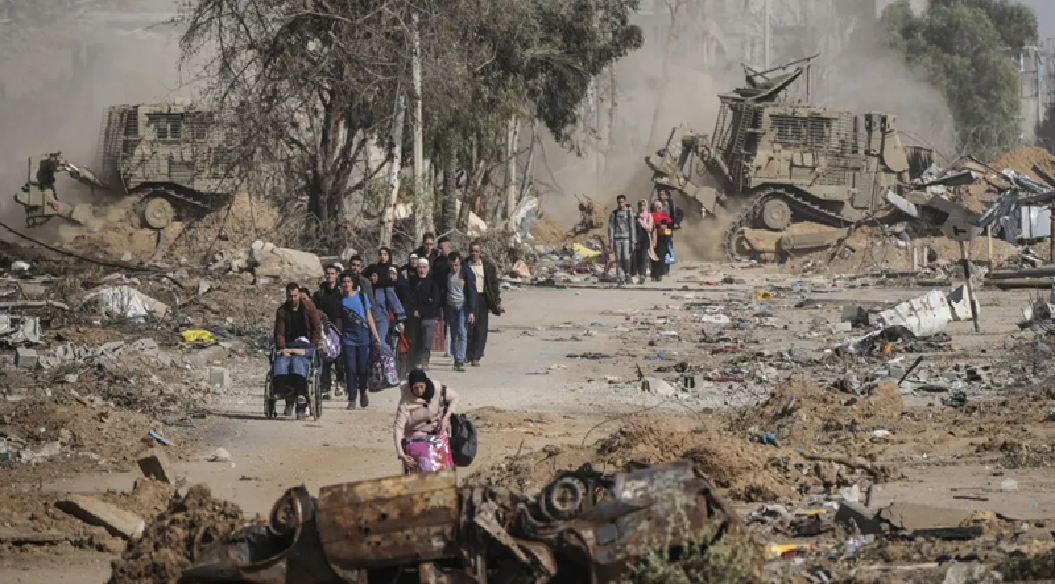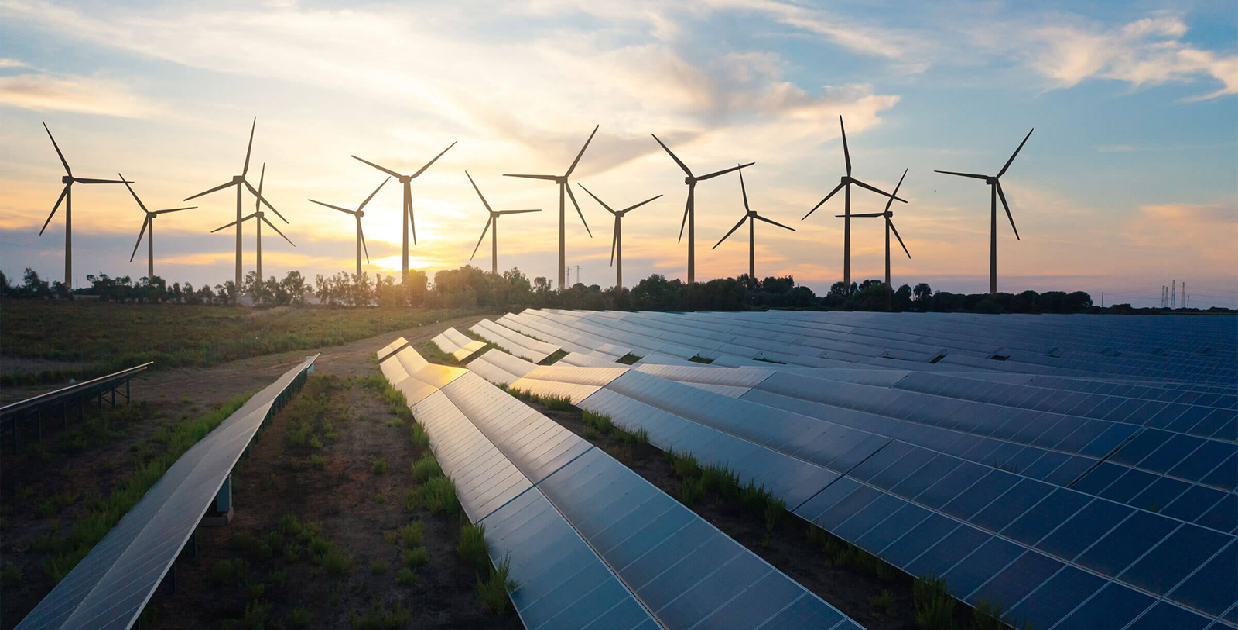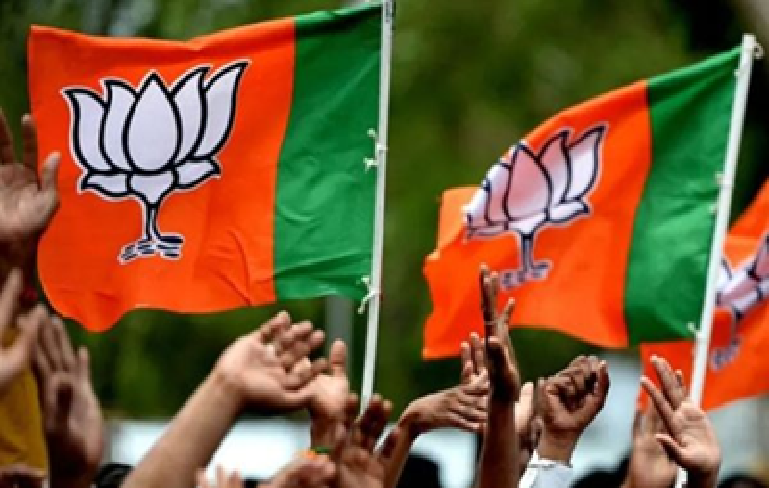
No rate change! Can RBI move spur growth ?
The Reserve Bank of India has decided to keep the key interest rates unchanged, at the tenth bi-monthly Monetary Policy Committee meeting held on Thursday by adopting an accommodative stance to help industry recover from the pandemic. The rates have not changed for the past two years since March 2020.
Repo and reverse repo rates will remain unchanged at 4 per cent and 3.35 per cent respectively. The repo rate is the rate at which RBI lends to commercial banks, while reverse repo is the rate at which the central bank borrows money from banks, to stabilise excess liquidity in the system. While many central banks across the world, including the US, have recently taken a hawkish stand and worked towards policy normalisation, the RBI has chosen to retain its dovish ‘accommodative’ stand. The US Federal Reserve chief, Jerome Powell, had recently hinted that interest rates are likely to be hiked in March as conditions were now ‘appropriate’ for a rate hike.
Even during the run up to the Monetary Policy Committee meeting, many analysts had forecast that the central bank may increase the reverse repo rate by 15-40 basis points. A State Bank of India Research Report had stated that the central bank is likely to increase the reverse repo rate by 20 bps.
The RBI’s move to maintain status quo on rates means that the central bank feels the threat posed by Covid-19 is not over yet and the country’s economic recovery is still incomplete and needs policy support. The central bank sees GDP growth slowing to 7.8% in the forthcoming financial year beginning April, from an earlier projection of 9.2%.Though global trade has begun to rise after the easing of Covid restriction in many countries, the high freight rates remain a concern. There is a shortage of containers owing to pent up demand and workers are yet to return to docks and warehouses in full strength. The situation is expected to ease only by the second half of this year.
Similarly, global crude oil also continues to rise due to rising demand as economies across the world start easing up. Many countries are now scrambling to offset the drop in inventories owing to high demand. Prices have risen more than 14 per cent in the past 30 days. The geo-political tension in Eastern Europe over Ukraine has also added to the uncertainty. In India, however, refiners have put a pause on hikes, but it is expected to soar once the ongoing Assembly elections are over on March 10.
Another major concern for the central bank is that private consumption continues to remain subdued. “Private consumption, the mainstay of domestic demand, continues to trail its pre-pandemic level,” Das said. “The persistent increase in international commodity prices, surge in the volatility of global financial markets and global supply bottlenecks can exacerbate risks to the outlook.”
Overall the central bank has taken a cautious stand as the Indian economy is gradually coming out of the pandemic induced slowdown with an uneven growth with some sectors registering pre-pandemic level growth, while others continue to falter with little hope of a near-term recovery.
 English daily published in Bengaluru & Doha
English daily published in Bengaluru & Doha






